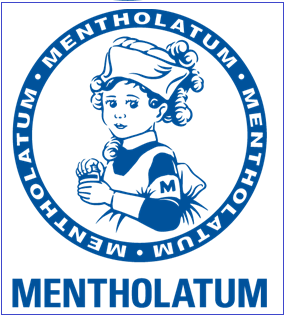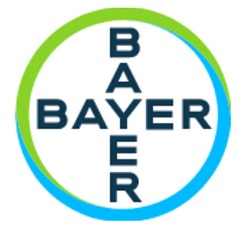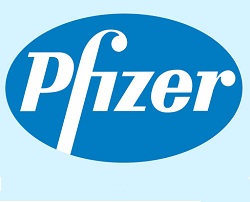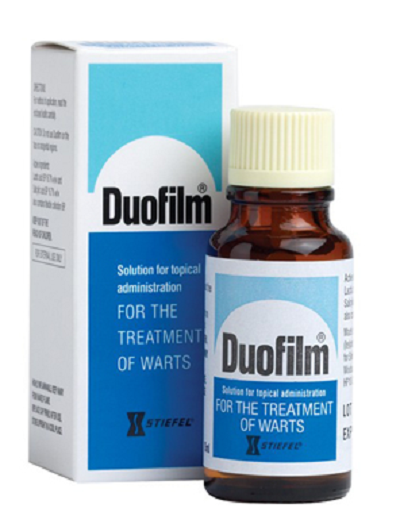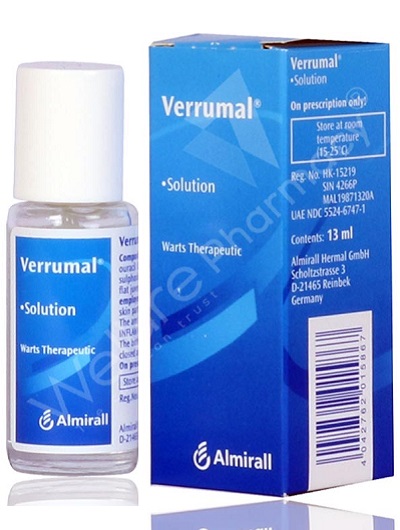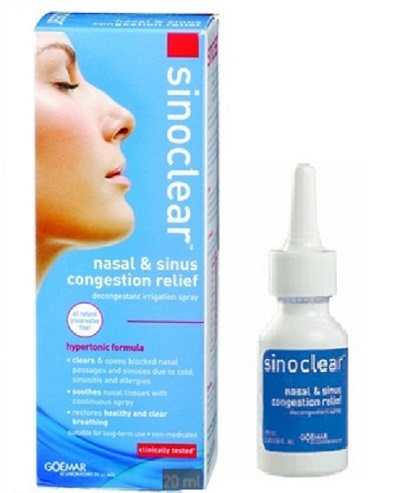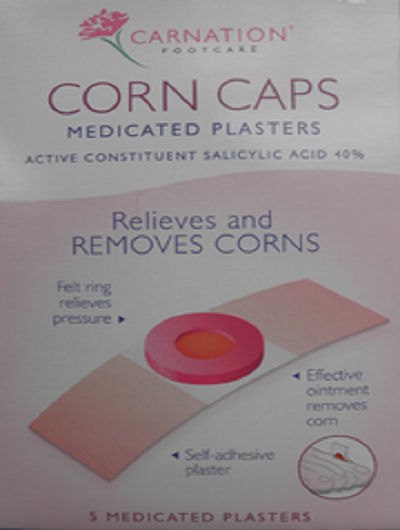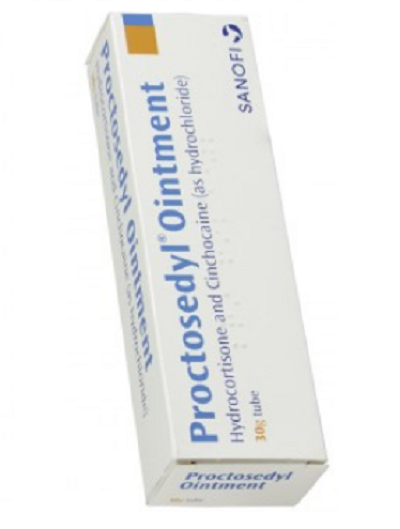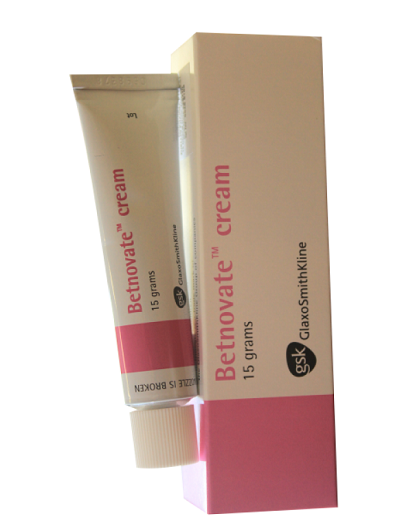What is atopic dermatitis? reason? Diagnosis and atopic dermatitis be cured?
Atopic dermatitis is a common skin disease in children. Until now, treatments for atopic dermatitis are facing many difficulties because no specific treatment has been discovered. Can atopic dermatitis be cured is not a question of many patients and their family members.
Contents
1. What is Atopic Dermatitis?
Atopic dermatitis or eczema is a medical condition that causes the skin to become red and itchy. The disease usually occurs in children but can also occur at any age. Atopic dermatitis is a long-term, chronic disease that tends to flare into several exacerbations in stages. The disease can present with bronchial asthma or fever.
Atopic dermatitis treatment is facing many difficulties because no specific treatment has been discovered. Can atopic dermatitis be cured is not a question of many patients and their family members, but currently treatment focuses only on the goal of alleviating symptoms and preventing exacerbations such as avoiding bleach. Wash and moisturize your skin regularly, and apply creams or ointments.
2. Causes of atopic dermatitis
A healthy skin will maintain moisture and protect the human body from bacteria, irritants and allergens. Atopic dermatitis involves genetic traits that influence this skin's immunity. This feature makes the skin more susceptible to attack by external influences. In children gastrointestinal allergens such as food can also be the cause of atopic dermatitis.
The main risk factor for atopic dermatitis is having a family member with atopic dermatitis, allergies , and bronchial asthma.
3. Clinical manifestations of atopic dermatitis
Atopic dermatitis has different clinical signs and symptoms from person to person, including:
- Dry skin
- Itching, worse at night
- Red or grayish-brown patches on the arms, legs, ankles, wrists, neck, chest, eyelids, elbows and knees, face and scalp in children
- The blisters are small, and can rupture and drain from scratching
- Thick, scaly patches of skin
- Swelling, swelling of the skin caused by scratching
Atopic dermatitis most occurs before the age of 5 and can persist into adolescents and adults. For many people, the disease may have exacerbations in stages, then disappear over a long period, sometimes years.
Parents should bring their children to medical facilities immediately if:
- Symptoms appear to interfere with the child's daily activities, including sleep.
- Skin infection occurs with yellow secretions, red, swollen surrounding skin, or high fever.
- Symptoms persist despite treatment.
Atopic dermatitis is a skin condition, but it can have many different consequences. Depending on each complication, patients will have a variety of clinical manifestations such as:
- Asthma: Atopic dermatitis is sometimes a precursor abnormality suggestive of asthma. More than half of children with atopic dermatitis will face asthma after age 13.
- Scaly, chronic itchy skin: Because of the itch, scratching the red patches on the skin only makes the itch worse. This prolonged skin discoloration, thickening and dullness.
- Skin infections: Due to the itchy nature of the disease, children often scratch the damaged skin and create open wounds. Since then, the risk of infections caused by bacteria and viruses increases, especially the herpes virus group.
- Sleep Disorders : A vicious cycle of itching - scratching reduces the quality of sleep in children.
4. Diagnosis of atopic dermatitis
Paraclinical tests do not play a role in the diagnosis of atopic dermatitis . The doctor will conduct a physical examination, assess the lesion on the skin and extract information about the patient's history. The skin pressure test can be used to rule out other skin conditions or to detect conditions associated with atopic dermatitis.
5. Can atopic dermatitis be cured?
Atopic dermatitis is usually persistent. Patients need to be treated for a long period of time, often months to years in order to be under control. However, signs and symptoms of the disease can still come back afterwards.
Atopic dermatitis does not currently have a specific treatment. It is important to note that early diagnosis and early treatment have many benefits. If skin moisturizer and home remedies are not working, your doctor will prescribe one of the following methods:
Medicine:
- Cream pills to treat itching and help restore the skin: Usually, the doctor will prescribe a topical corticoid or ointment applied directly to the skin, after the moisturizing step. Patients need to use drugs according to the instructions of the doctor. Overuse of drugs can cause many side effects, including thinning of the skin. Other creams containing calcineurin inhibitors such as tacrolimus and pimecrolimus that act on the immune system are also indicated for use. The drug is used for children over 2 years old, applied directly to the skin after moisturizing, avoiding exposure to sunlight while taking the drug. However, calcineurin inhibitors are suspected to increase the likelihood of cancer despite insufficient data to support it.
- Anti-infection cream: A topical antibiotic can be used when the patient has a skin infection complication on the background of open wounds.
- Anti-inflammatory drugs: In some severe cases, an oral corticosteroid may be prescribed. This drug has a high therapeutic effect but is not allowed for prolonged use because of many serious side effects.
- New drugs to treat severe atopic dermatitis: Recently, the FDA approved an injectable biologic drug called dupilumab. The drug of choice when the patient does not respond to other conventional treatments. However, because it is a new drug, there are not many reports on its mechanism of action as well as its side effects. Dupilumab is quite expensive.
Other treatments:
- Phototherapy: This should be used in patients who do not respond to topical treatment or have a high frequency of relapses. The simplest light therapy used is to expose the skin to sunlight. Other types of light such as ultraviolet UVA, UVB are also indicated for use alone or in combination with drugs.
- Wet dressing: Another effective treatment for atopic dermatitis is to wrap a wet bandage around the affected area after you've applied corticosteroids. This is usually used for patients with extensive lesions and is usually done in a hospital by experienced nurses.
Atopic dermatitis in a newborn should be treated with:
- Identify and avoid skin irritants
- Avoid exposing your skin to very hot or cold temperatures
- Moisturize your child's skin with oils, moisturizers or ointments.
6. Prophylaxis of atopic dermatitis exacerbations
Some points to note to prevent acute episodes of dermatitis and minimize dry skin such as:
- Moisturize the skin at least twice a day: use a cream, fat, or solution to moisturize.
- Identify the factors that trigger the onset of the disease and avoid contact with them: some of the factors that aggravate the condition have been identified as sweat, dust, stress, obesity, soaps, detergents. Children should be able to experience acute episodes of dermatitis from eating certain foods such as eggs, milk, soy and wheat. Care should be taken to detect allergens and avoid their use.
- Shorten shower time: limit bath time to 10 to 15 minutes, use warm water instead of hot water.
- Use mild soaps: Do not use deodorant and disinfectant soaps as they strip the skin of natural oils and lead to dry skin.
- Dry after bathing with a soft towel and apply moisturizer while skin is still damp
- Source: europharmas




